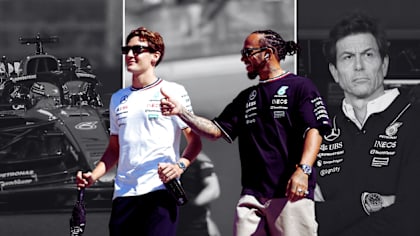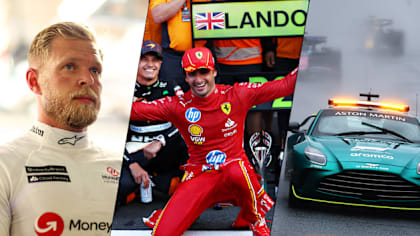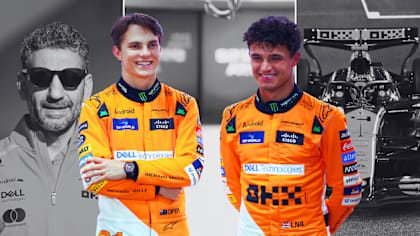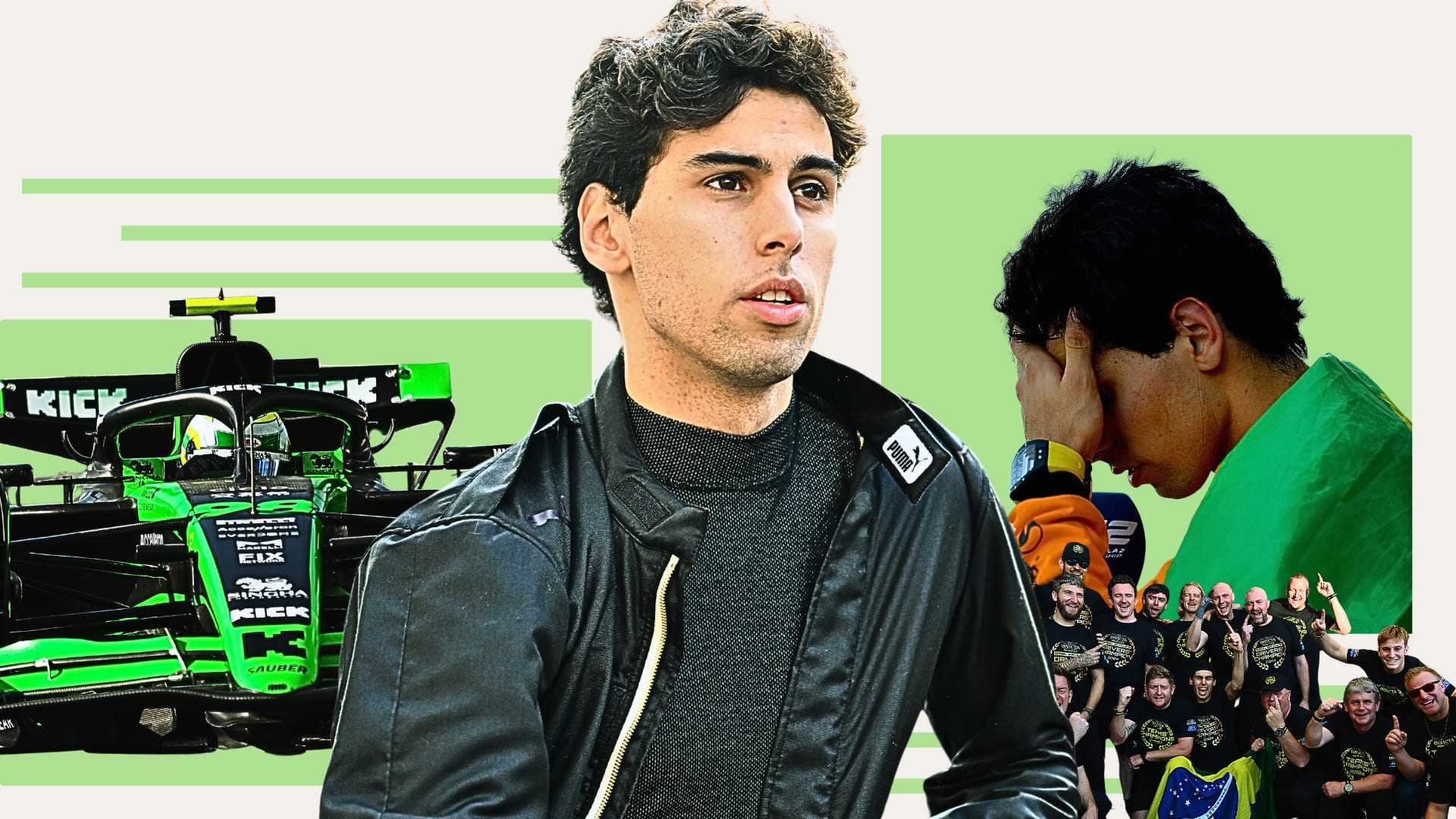The opening day in Monte Carlo may not have revealed too much following an afternoon downpour, but by analysing previous Monaco races - and the patterns that developed in FP1 - the teams will still have a pretty good idea of how Sunday’s Grand Prix could play out. We take a look at the likeliest strategies they will adopt to conquer the streets of the Principality...
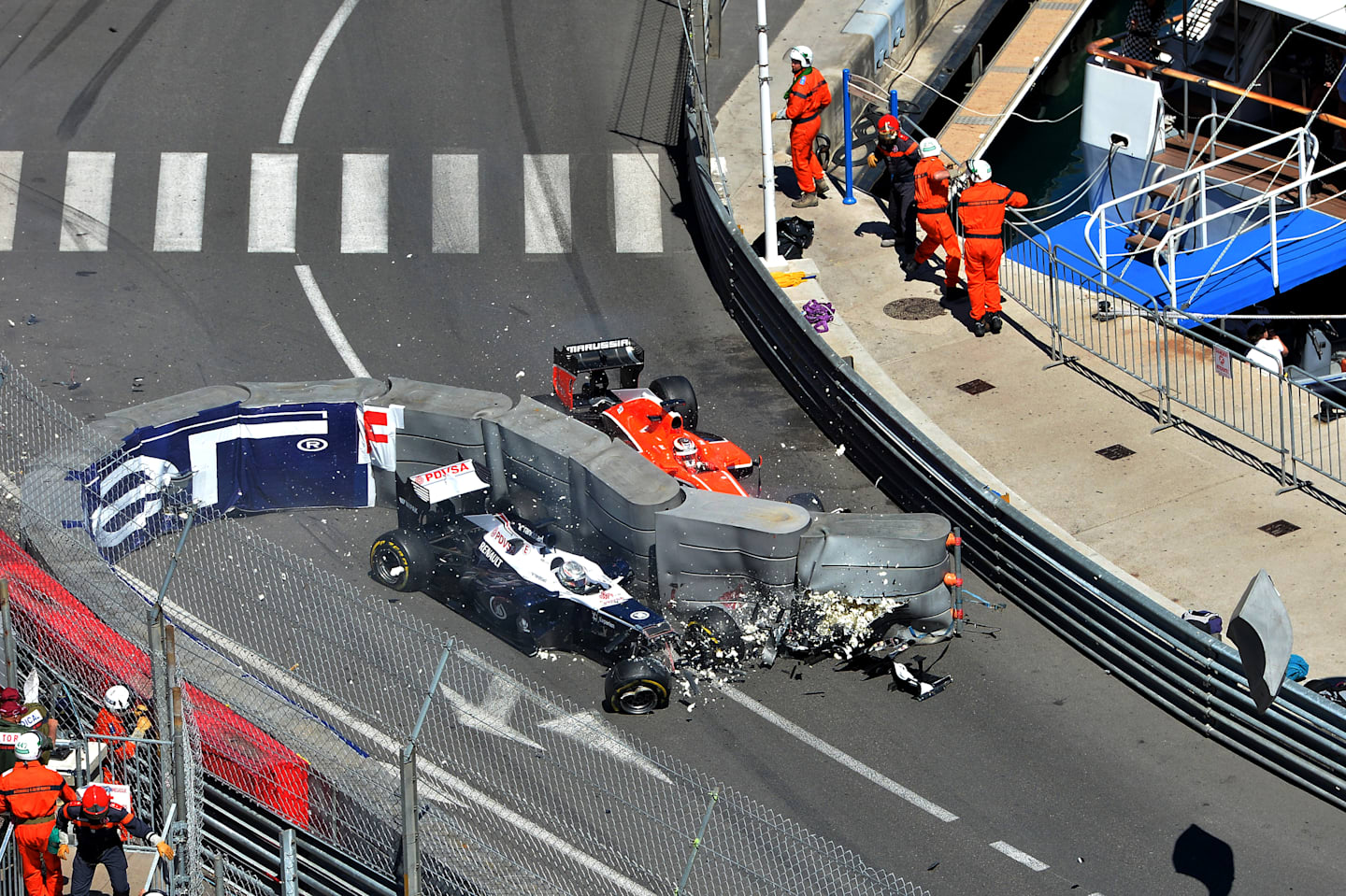
Pastor Maldonado (VEN) Williams FW35 crashes into the barrier after clashing with Max Chilton (GBR) Marussia F1 Team MR02. Jules Bianchi (FRA) Marussia F1 Team MR02 is hit as the barrier moves into the track. The race was then red flagged. Formula One ...
In Monaco the safety car is an ever-present threat
Monaco is normally marked by a big asterisk on the calendar - an aberration where the layout and surface of the circuit combine with the importance of track position, and the constant threat of the safety car, to create a unique set of concerns for drivers and teams alike. Strategies therefore have to be incredibly flexible in order to adapt to events as they happen. Even so, we can map out the plans most teams will start with on Sunday - even if events paint a very different picture when the lights go green.
- In an ideal world, and with no other cars on track, a two-stop strategy would be the obvious choice, proving anything up to half a minute faster than a one-stop plan.
- Given how notoriously difficult it is to overtake in the Principality, however, track position is absolutely crucial. Teams' default strategies will therefore be to one-stop relatively late in the race - most likely past the halfway mark.
- This would allow enough time to build up as much of a gap as possible over the rest of the field, since exiting the pits behind a slower car can derail a race within a handful of laps.
- Dealing with lapped traffic can also cost more time at Monaco than other circuits. Based on FP1 estimates, the leaders may start to lap the backmarkers as early as lap 15. Teams may adjust the timing of their stops in real-time in order to avoid having to deal with traffic.
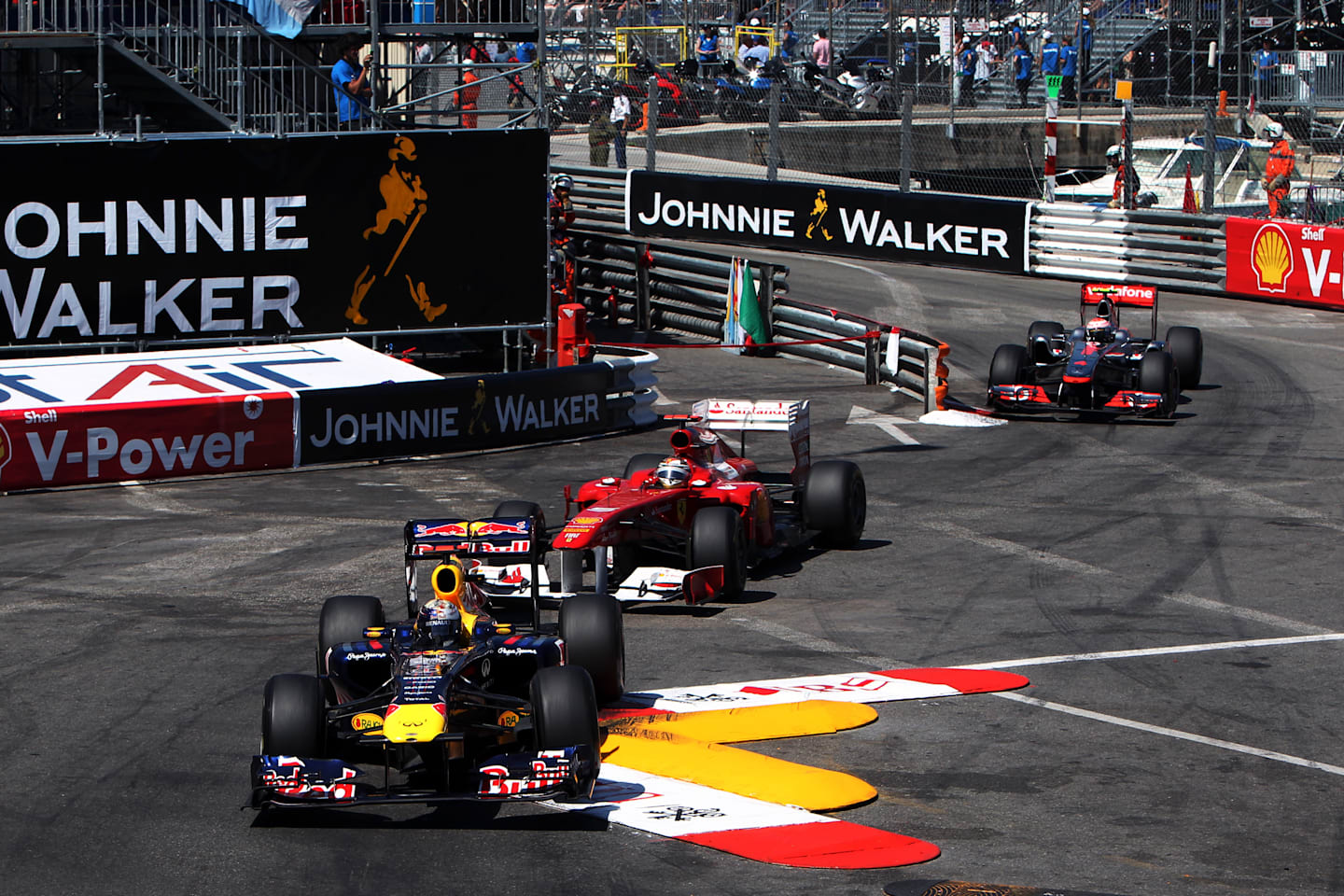
Sebastian Vettel (GER) Red Bull Racing RB7 leads Fernando Alonso (ESP) Ferrari 150 Italia and Jenson Button (GBR) McLaren MP4/26. Formula One World Championship, Rd 6, Monaco Grand Prix, Race, Monte-Carlo, Monaco, Sunday 29 May 2011. BEST IMAGE
Sebastian Vettel gambled on staying out on old tyres in 2011 in order to keep track position - the gamble paid off
- All of the above considerations have to be weighed against the threat of the safety car, however, which has appeared at least once in 10 of the last 15 Monaco races.
- Just one race in the last four, meanwhile, has been run without the safety car dictating or altering strategy - 2012, when Mark Webber executed a one-stop strategy to clinch his second victory in the Principality. In 2013, by contrast, Nico Rosberg made two stops, both under the safety car, en route to his victory, showing just how flexible teams need to be.
- A safety car in the early laps is unlikely to prompt a flurry of stops however - except for teams who have little to lose and therefore fancy rolling the dice. This is because tyre degradation, while low, is still enough to mean they would be unable to hold off other cars in the final laps.
- From around lap 20, though, the situation changes - from that point the safety car would prompt most drivers to stop.
- This is earlier than ideal, so drivers would end up lapping relatively slowly at the finish. This is still preferable however, as drivers who don't pit would be unlikely to build enough of a gap to retain their position when they did stop.
- There is also an element of gamesmanship in this decision: given that track position is so crucial, the field is likely to pit almost in unison, negating the disadvantage of such an early stop.
- Sebastian Vettel's victory in 2011 is a good example of the importance of track position. Then at Red Bull, Vettel managed to resist intense pressure from Jenson Button and Fernando Alonso despite being on much older rubber - although he was also handed a reprieve when the race was suspended 10 laps from the end. "Towards the end of the race the tyres I had were nowhere close to fresh," Vettel said afterwards, "but I saw the only way to win the race was to stay out."
